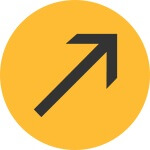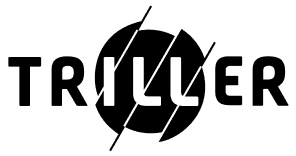Understanding Devices and Technologies Associated with IoT
In my previous blogs, we understood the IoT concept and the elements & architecture of IoT. In this part, we will discuss about IoT devices and some of the technologies associated with IoT.
IoT Devices
When we talk about IoT devices, the first thing that comes in our mind is smart phones and tablets. Well, they are very much fit to be IoT devices because they have proximity sensor, accelerometer, gyroscope, compass, and many more related sensors. They have inbuilt display and keyboard. They can connect to internet and mainly, they have unique IP Address when connected to internet.
But now the question is though smartphones and tablets have these features, Can we really call them IoT devices?
Dr. Paul Jacobs – Chairman and CEO of Qualcomm have given a good answer to this.
According to him,
Phone will be served as a remote control to the Internet of Things. So IoT is nothing but the smart objects and embedded systems that can connect to internet and can work autonomously which can be connected to external apps, smart phones, tablets, PCs.
So if we understand his answer correctly, then in 2 simple words we can say is IoT devices are nothing but “Smart Devices”.
According to Wikipedia,
A smart device is an electronic device, generally connected to other devices or networks via different wireless protocols such as Bluetooth, NFC, Wi-Fi, 3G etc. that can operate to some extent interactively and autonomously.
IoT Technologies
Following are some of the technologies associated with IoT:
1) RFID (Radio Frequency Identification)
- RFID is a chip based technology. RFID chip has data about the device.
- It transfers data to the reader.
- An Antenna is attached to RFID module and is used to receive energy for operating the RFID device and also for transmitting data.
- RFID enables efficient management, tracking, and monitoring processes – Logistics and supply chain applications.
2) WSN (Wireless Sensor Networks)
- WSN is used in remote sensing applications using efficient, low cost and low power devices with integrated circuits and wireless module for communication.
- Arranged installation of number of sensors collects valuable data.
- Currently WSN has some challenges such as limited processing capability and storage of sensors.
3) IoT Cloud Computing Support
- For Advanced and efficient IoT services, IoT networks must gather, analyze, and process raw data and transform it into meaningful information.
- It will need support of cloud computing.
- Number of IoT communication calls will be established between various devices, sensors and networks.
- As we saw that some devices will not have sufficient data processing power so in that case, IoT will need a strong support from Cloud Computing.
We, at WeblineIndia, are the experts in offering offshore IoT application development services. As your offshore IoT app developer, we present you with the experience and expertise in this field and additionally help you save your development costs.
For more information about our services, reach to us!

As a Digital Marketing Specialist, I have over 10 years of experience helping businesses improve their online visibility and reach. I have a proven track record of success in developing and executing SEO & content marketing strategies that deliver results. I am also an experienced content writer and marketer, and I am passionate about creating content that is both informative and engaging.









